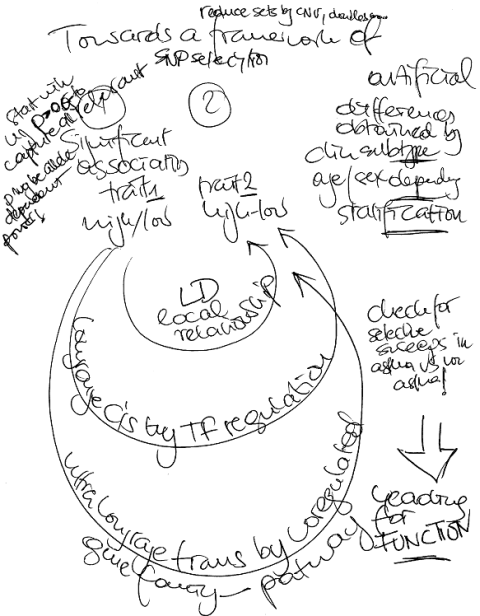Reading the biography of Max Pettenkofer you will discover unexpected turns (starting his career as a third class actor in Augsburg) but also recognize him as one of the founders of Public Health (with a big impact on Munich city development by canalization and foundation of a fire department). Munich had been on the forefront even before the foundation of the famous Boston Public Health school.
With Volksgesundheit the idea of Public Health became perverted by the Nazis. With Erbgesundheit in mind the Nazis even tried to eradicate genes from the gene pool. Munich became Hauptstadt der Bewegung, and its university even awarded Mengele (the later physician in Auschwitz) a PhD degree.
During post-war period there was probably no epidemiological research in Munich, with Public Health only an unimportant discipline in the medical curriculum. When doing a first major epidemiological study in Munich at the end of the 1980ies and a first genetic population based study in the mid 1990ies, I felt a particular obligation for informed consent where any misuse of genetic data should be avoided.
Unfortunately, these goals are being threadened by an increasing ignorance of informed consent and missing legislative framework for genetic testing in Germany.
CC-BY-NC Science Surf
accessed 28.11.2025
